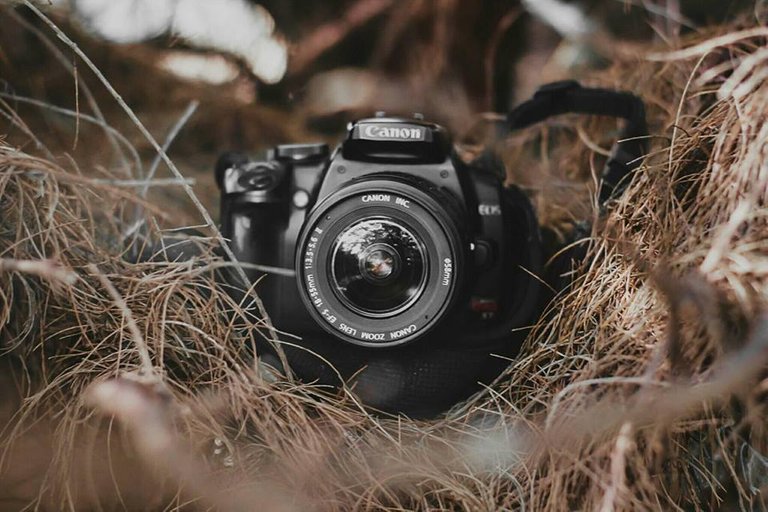
First, an explanatory note for all those with a modicum of photo history and tech basics: the term macro used to refer to the capture of an insect or whatever, that resulted in an image on the 35mm film frame (24x36mm) that ranged from 1:10 to 1:1 the size of the original subject. For its part, the term micro referred to a film image that was larger than 1:1 life size; micro photography could easily give you a 35mm film image of an ant that was itself larger than the original ant.
A CCD or CMOS sensor can be as tiny as 3x4mm, so any definition term that applied in the film days is now obsolete. But the rules that apply in accomplishing successful and satisfying macro photography still stand.
Normal photography works in using a camera to record a sharp image by adjusting the lens-to-sensor distance to attain precise focus: for distant subjects at infinity, like landscapes, the lens is positioned at a minimum lens-to-sensor distance; to capture sharp images of closer subjects, like people, the lens-to-sensor is increased.
In macro photography, a sharp image of a tiny object requires the lens to be positioned much closer still, with the lens moved even further out than for normal photography.
Hi! I am a robot. I just upvoted you! I found similar content that readers might be interested in:
https://digital-photography-school.com/macro-photography-for-beginners-part-1/
wow
thanks for sharing such a lovely post
Cool explanation of Macro, keep up the good work man